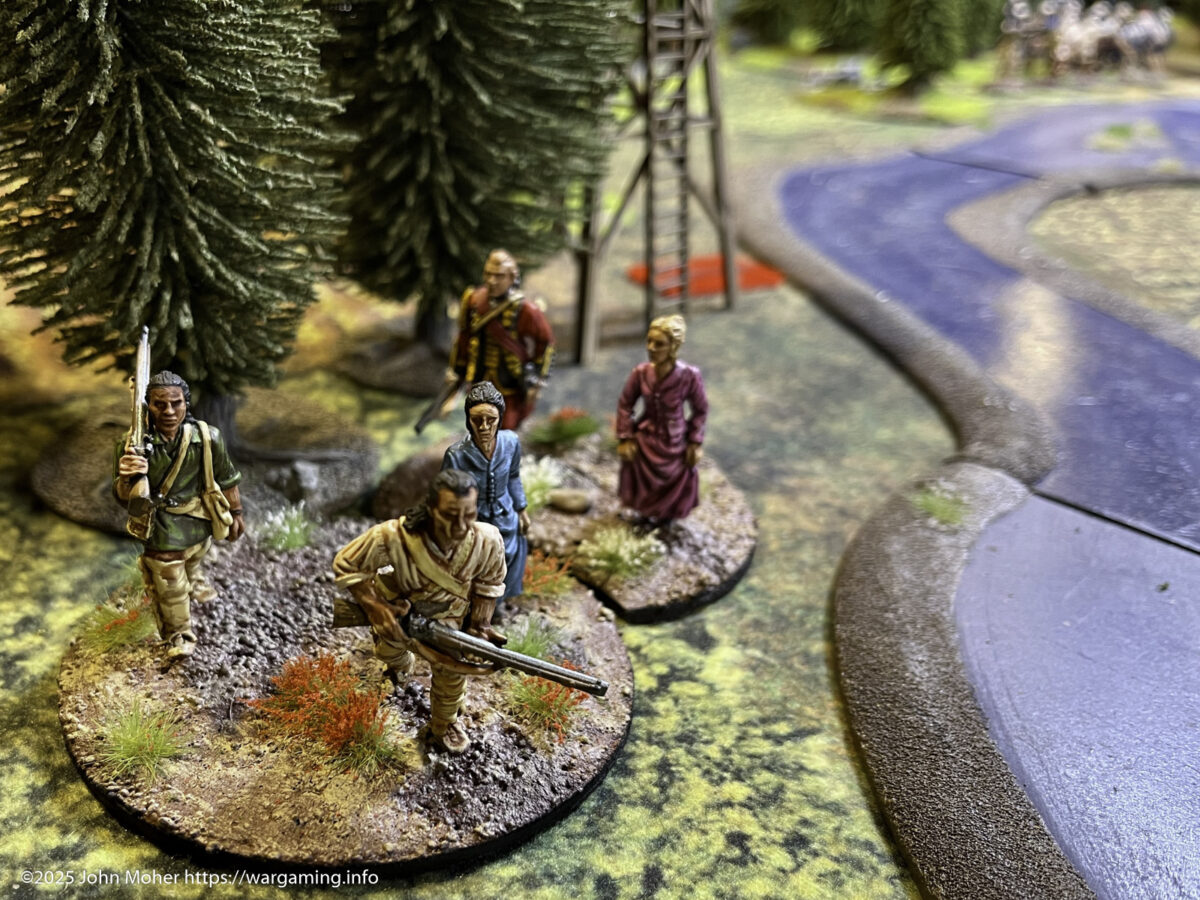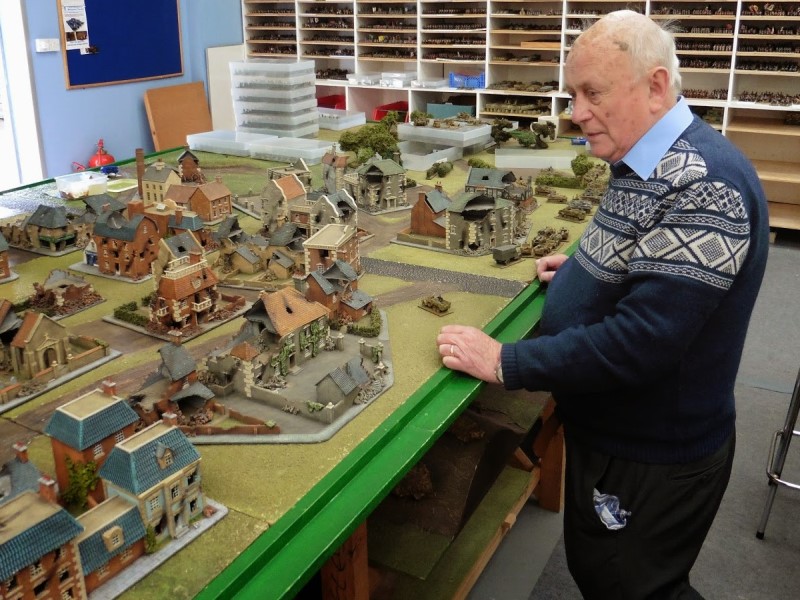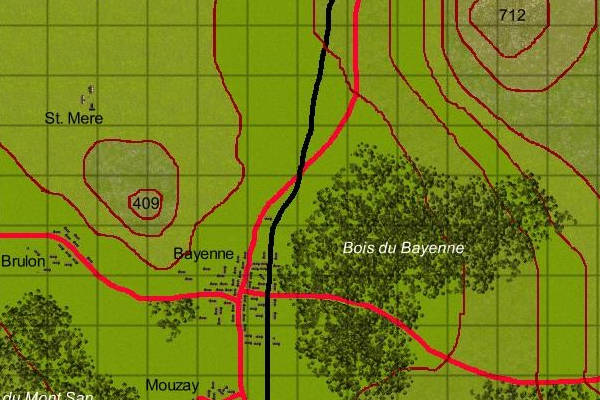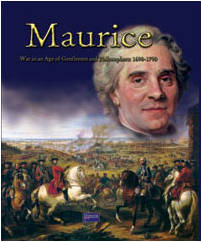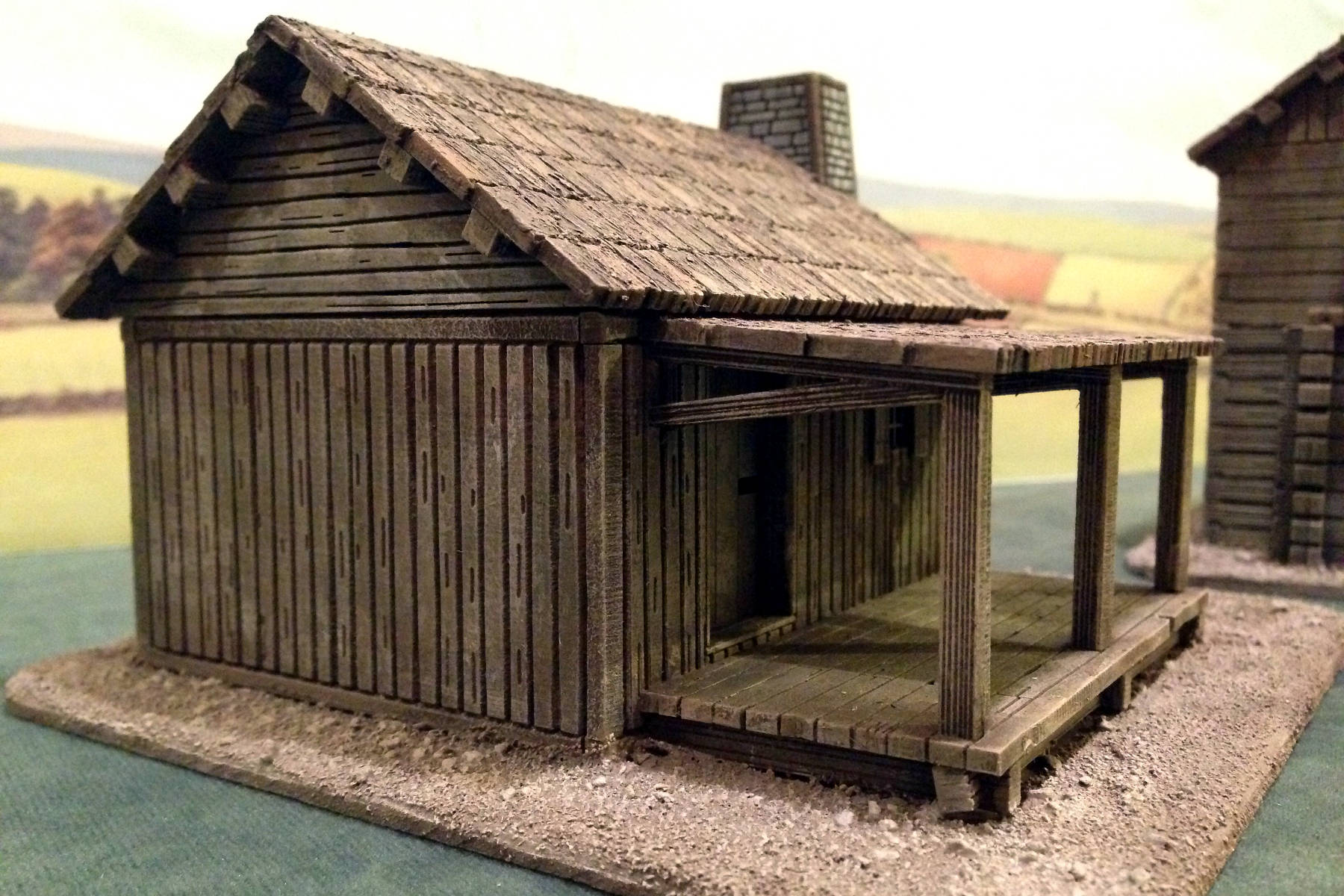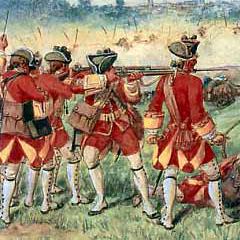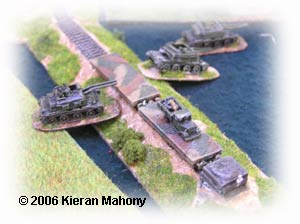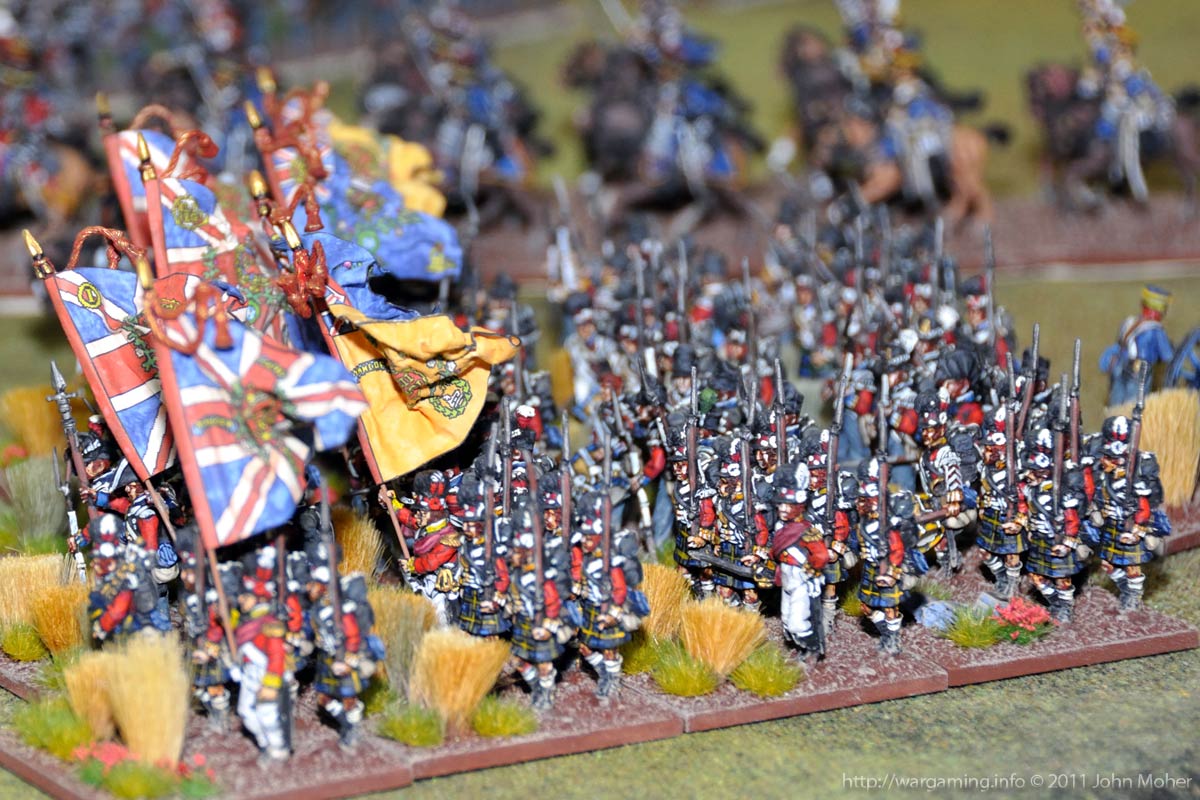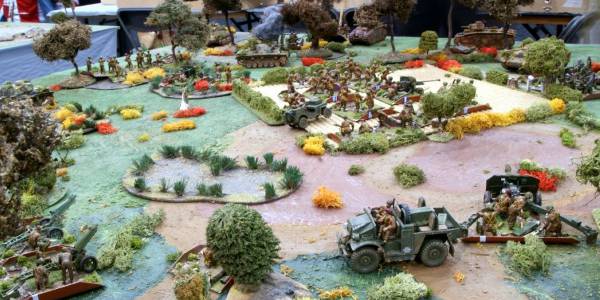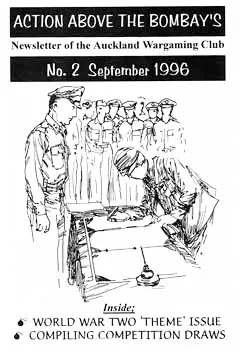Recently I caught up with some of the guys locally for a 40mm game set in the French & Indian War. The game was played using a locally homebrewed variant of Lion Rampant, dubbed “Hatchets Rampant“. It’s 1757, the British have got their hands on a French sympathiser, who was being held in a nearby farmhouse. He had disclosed the presence of a large stash of French supplies in another nearby farmhouse…
Category: Enlightened Reasoning
An Interview with Charles Wesencraft
A wargamer and author from that classic era of wargaming who perhaps has not always been recognised as much as the more well known ones (i.e. Donald Featherstone, Charles Grant, Tony Bath, Brigadier Peter Young, Terry Wise and then later George Gush, Stuart Asquith, etc) is Charlie Wesencraft. While many will know him and he probably is better known than Joseph Morschauser and David Nash (see my Wargaming Tomes Collection: Part One post) I for one did not see his books early on in my wargaming career (possibly due to being in New Zealand – although other local gamers here have said they saw them in libraries and such in the 1980’s or very late ’70s). I was interested to recently read an interview with Charlie Wesencraft that reinforces my view that he seems to have contributed more than just his 2 books in the early 1970’s to the classic wargaming era.
Continue reading “An Interview with Charles Wesencraft”Engle Matrix Games
I’ve recently been introduced to Engle Matrix Games (well perhaps re-introduced as I had read about them briefly in an issue of the SOTCW Journal sometime ago) by Steve Thomas. This came about in a discussion around how to play a Crossfire campaign where the majority of players are in different countries. The idea is to find a system that is rule set agnostic, is ‘story’ driven, and is not constrained by technical details – in many ways in keeping with Crossfire’s own philosophy (although Engle Matrix games are quite suitable for any period and use with any miniatures rule set – heck you don’t even need miniatures or a set of rules to resolve the battles). “Engle Matrix Games are a simple low-tech game engine that allows players to do an amazing number of things” as one gamer has described (in a MS Word Doc). Continue reading “Engle Matrix Games”
“Maurice” Reviewed
For those interested but who may not have seen it – there is a fairly comprehensive Audio-Visual review of Maurice on YouTube by Shieldwall100.
Watching it again, its enough to make me want to get back to my WSS project and the dozens of boxes of Plastic Wargames Factory Infantry & Cavalry awaiting assembly! Continue reading ““Maurice” Reviewed”
Warlord North American Buildings
To supplement my Perry Miniatures’ ACW Buildings I also have a couple of Warlord laser-cut MDF Settler’s Log Cabins – like the Perry buildings these are suitable for most North American eras from the French & Indian Wars & American Revolution through to the American Civil War and turn of the (20th) century – and at a stretch the 19th Century NZ Colonial Wars as well. Continue reading “Warlord North American Buildings”
FreddyCon: A Seven Years War Convention (October 2011)
Der Kreigskunst is a set of battalion level rules based on the General De Brigade system. Battalions are 4-6 bases of 4 castings on a 40x40mm base. Cavalry are in units of 20 or so castings. Many people have SYW armies in mothballs and this might be a good opportunity to dust them off and give them a run
Continue reading “FreddyCon: A Seven Years War Convention (October 2011)”Wargaming Scales
Figure scales are expressed two ways, either as a simple measurement, e.g. 25mm, defining how high a figure of a normal man or woman stands or as a ratio, e.g. 1/48th, defining how big a model vehicle, vessel, aircraft, or construction is in relation to the real thing. The emphasis here is on the former classification with the latter provided where possible as an approximate comparison.
Continue reading “Wargaming Scales”Brief History Of Wargaming
The following is a brief history of modern wargaming told in quotes from various wargaming books & authors:
“It was in Europe that the early forms of wargaming gradually took on a more sophisticated appearance. During the Seventeenth Century several variations on the basic game of chess were introduced. During the Eighteenth Century a number of games were introduced into France which departed from the idea of pieces and which used series of cards designed to impart basic military knowledge to the players. Also, at about this time, silver model soldiers were being used at the French Court to instruct the future king, Louis XIV, in the art of war” – David Nash (Wargames – 1974).
Continue reading “Brief History Of Wargaming”Wargaming Periods
Periods are the “Eras” or “Level of Technology” present for wargaming. Having a Greek Army of 300 BC facing a Russian Army of 1944 AD is obviously quite a mismatch and both armies need quite different sets of rules to control how they perform. Hence we have “Periods” in which armies all operated in similar ways, or with similar weapons, and can be ‘played’ using a common set of rules.
Continue reading “Wargaming Periods”Victory Conditions in Wargames
All to often we play games with little thought about victory conditions, usually just to shoot ’em up and she’ll be right! However with a little effort and time before each game it can be given much greater depth, and consequently be more challenging and interesting to the participants. I would like to suggest some ideas for how this can be done.
Many wargamers play their games in isolation with little “purpose” behind them, the recent suggestion that a gamer’s tactics would change if their opponent got to ‘hit’ each element they lost with a heavy hammer is all too true, and it is this ‘strategic’ purpose that is lacking (we would all be very cautious if playing with the above rule)! The ideal situation to impose this ‘purpose’ is the campaign, this always puts an all new perspective to things, the opponents in a battle may not have the same objective for instance. Unfortunately 99% of the time we do not have the luxury of participating in campaigns (which is a pity) and so we need some way of creating these constraints artificially, one system I have come across is in one of my many rulebooks; “Washington’s Wars”. These rules were designed for French & Indian war action and the American Revolution, disappointingly the rule mechanics and effects on the table did not match the impressive packaging! The rules did however include one good idea about victory conditions and it is a variation of this that I will present below.
Continue reading “Victory Conditions in Wargames”